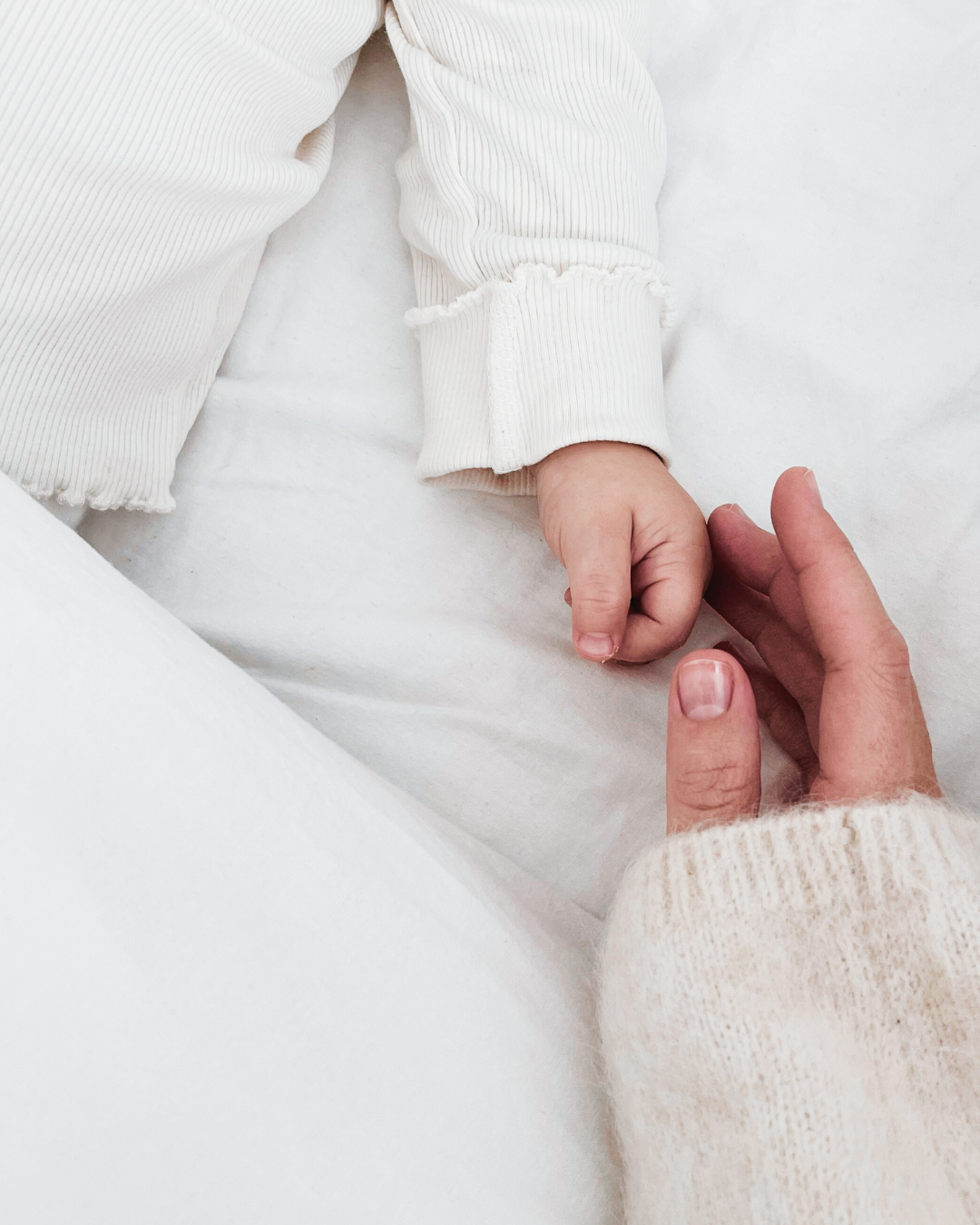Why is my Toddler Fighting Bedtime

Sometimes our toddlers don't want to go to bed and they choose to fight it instead. This is normal and something that a lot of families struggle with! Often the reason this happens is simply because toddlers love to push boundaries, this is very developmentally appropriate and this is the age when we need to set firm loving boundaries. Boundaries lead to secure little ones and setting boundaries around bedtime is no different. Helping our children to feel safe and secure with us is so important at this age.
Children love to push boundaries when they are toddlers, so protesting bedtime is to be expected at some point. This is also the age when their imaginations really begin to develop. With a growing imagination we often begin to see fears develop as well, fears of the dark or fears of monsters are both common ones! Easing your child's fears is important and should be first, before beginning any sleep training with them.
Why is my Toddler Fighting Bedtime?
There can be a lot of reasons why your toddler is fighting bedtime, and of course each child and each situation is different. Here are a few common reasons your toddler may be fighting sleep:
- Age-appropriate Development
When your child is going through the toddler stages, it is age-appropriate for them to start challenging boundaries. Challenging boundaries around bedtime is common and if you set firm loving boundaries, the protesting won't last more than a few days. If your boundaries are not firm and your child is always able to push past them, they will continue to do that. The truth is that boundaries are not a bad thing and there has been plenty of research that shows consistent boundaries creates a sense security for children. They want to know that you got this, you keep them safe and secure always. Reenforcing your boundaries at bedtime will lead to your child feeling a sense of security within you at bedtime and in other aspects of their life as well.
2. Your Toddler's Daytime Schedule
If your toddler is achieving too much sleep during the day or they napped a little too late in the afternoon, these can both contribute to bedtime struggles. At this age most toddlers are still having one nap somewhere in the middle of the day. If your toddler is struggling at bedtime the first thing you need to look at is how much daytime sleep they are achieving.
Up until 3-4 years old, most children still need that nap during the day. If they are not achieving some daytime sleep, your child may actually be overtired. An overtired child often shows the same signs as a child that is achieving too much sleep. Fighting bedtime and sudden bursts of energy in the evening are both common signs that your child may be overtired and still in need of that daytime sleep.
3. Sickness or Teething
Any form of illness can impact your child's sleep. Common illness that might be impacting your child's sleep include teething, common colds, or ear infections. When your child isn't feeling 100% it's important we turn our focus to helping them feel better before we begin any form of sleep training.
4. Newly Developed Imagination
When our toddlers or young children begin to develop an extensive imagination, this can also lead to bedtime troubles. With a newly developed imagination often comes new fears. Fears of the dark or fears of monsters are the most common ones I see. When our children begin to develop these fears, it's important we help them to feel safe in their space and help ease those fears as much as possible. This can require some patience but it is so important we help our children feel safe and secure with us always.
5. New Transitions
Introducing new transitions to your child can lead to new temporary bedtime troubles. Common transitions that occur around this age include:
- Transitioning to a toddler bed
- Welcoming a new sibling
- Separation Anxiety
These can all feel overwhelming to your child. When we are dealing with bedtime troubles due to transitions, it's important we support our children and provide them with reassurance. Prioritizing extra 1 on 1 time with your child during the day can make a huge difference and help them feel seen while they are helping them work through these transitions.
Restful Baby Blog





